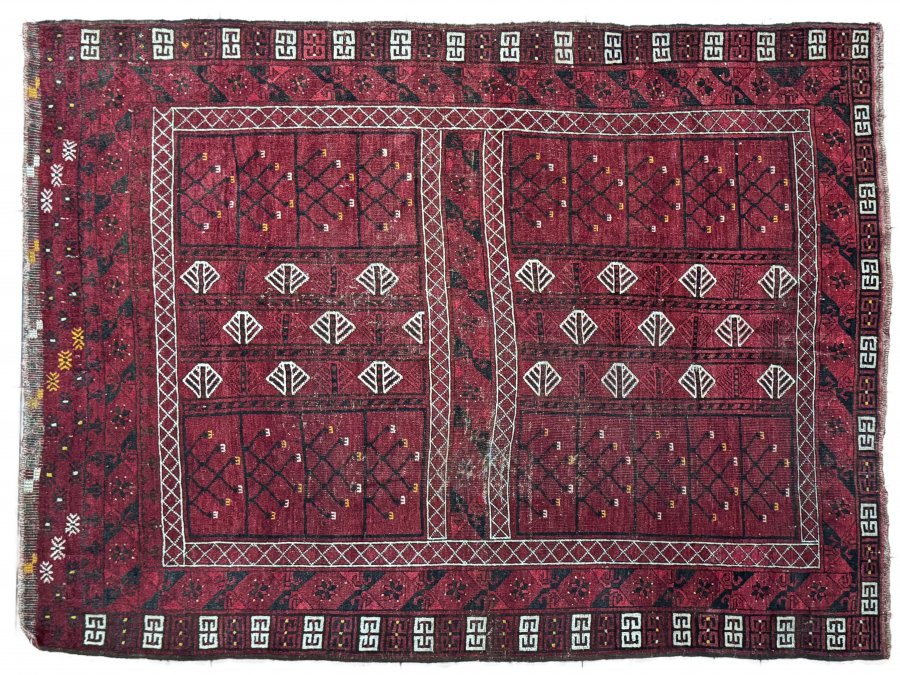Lot 115
ERSARI ENGSI RUG
um 1920
210 x 167 cm (h x b)
| 83 EUR
To bid in online auction, please register on auction server livebid.cz.
| 354 EUR
A typical example of hand tying of the Turkmen Ersari tribe. The so-called 'engsi', designed mainly to cover the entrance to the circular yurt (or kibitka), has changed only minimally over the centuries and is characterised by its strictly geometric iconography. In the mostly brick-red ground of the four rectangular central segments, divided by a cross, what is particularly striking are the numerous and stylized 'ram's horns' in the colour of dark indigo - these elements, however, are called 'insi kuš' in tribal symbolism and in fact represent stylized birds, among other things, the link between heaven and earth. The central composition of the 'hachlu' is a broad cross, whose meaning is to protect the dwelling from the so-called evil eye and is devoid of Christian connotations. Some of the highly geometric motifs throughout the rug design include stylised flowers, trees and good luck charms. The Turkmens were masters of the craft, excelling in the fantastic workmanship of sheep's wool, which they hand-spun and also dyed using only natural ingredients from steppe and mountain plants; our rug is also dyed in a purely natural way (and most likely with dye - the tiny yellow elements are typical of the Ersari tribe). The attractiveness of the carpet is enhanced by three types of borders, the main one with beautiful star-shaped flowers. According to the composition and colours, the carpet originated with the Turkmen Ersari tribal group, settled in northern Afghanistan. Professionally cleaned on both sides.
Andere Auktionsgegenstände
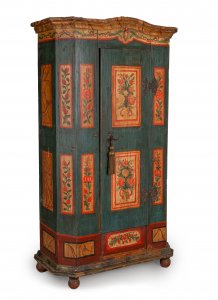
Lot 1 PAINTED FOLK WARDROBE
Rufpreis3 000 CZK | 125 EUR
Erzielter Preis
15 000 CZK | 625 EUR
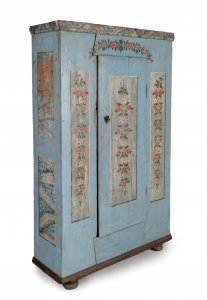
Lot 2 PAINTED FOLK WARDROBE
Rufpreis3 000 CZK | 125 EUR
Erzielter Preis
11 000 CZK | 458 EUR
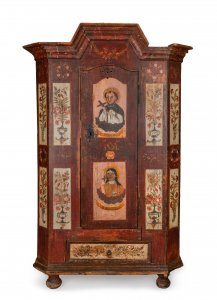
Lot 3 PAINTED FOLK WARDROBE
Rufpreis3 000 CZK | 125 EUR
Erzielter Preis
7 000 CZK | 292 EUR
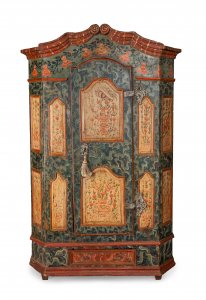
Lot 4 PAINTED FOLK WARDROBE
Rufpreis3 000 CZK | 125 EUR
Erzielter Preis
23 000 CZK | 958 EUR
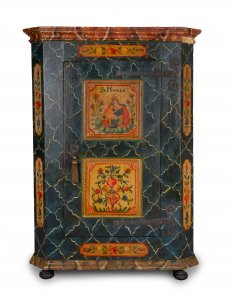
Lot 5 PAINTED FOLK WARDROBE
Rufpreis3 000 CZK | 125 EUR
Erzielter Preis
10 000 CZK | 417 EUR
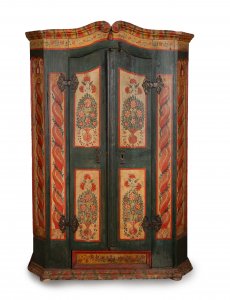
Lot 6 PAINTED FOLK WARDROBE
Rufpreis3 000 CZK | 125 EUR
Erzielter Preis
14 000 CZK | 583 EUR
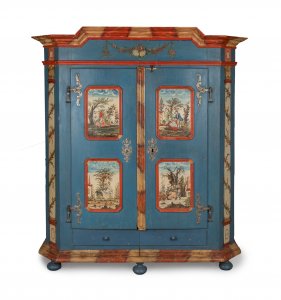
Lot 7 PAINTED FOLK WARDROBE
Rufpreis3 000 CZK | 125 EUR
Erzielter Preis
16 000 CZK | 667 EUR
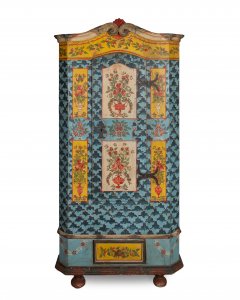
Lot 8 PAINTED FOLK WARDROBE
Rufpreis3 000 CZK | 125 EUR
Erzielter Preis
24 000 CZK | 1 000 EUR
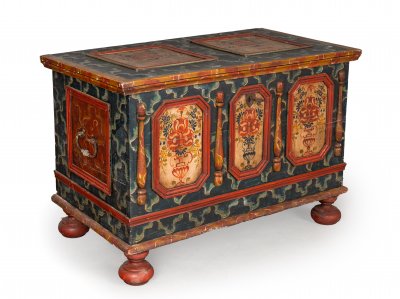
Lot 9 PAINTED FOLK CHEST
Rufpreis3 000 CZK | 125 EUR
Erzielter Preis
8 000 CZK | 333 EUR
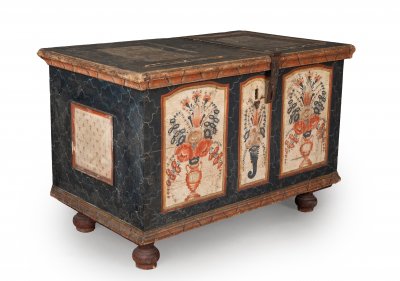
Lot 10 PAINTED FOLK CHEST
Rufpreis3 000 CZK | 125 EUR
Erzielter Preis
7 000 CZK | 292 EUR
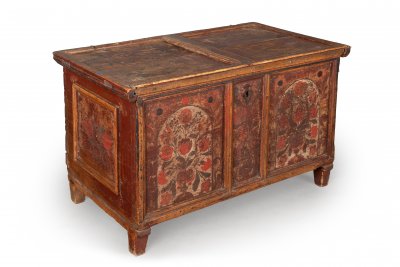
Lot 11 PAINTED FOLK CHEST
Rufpreis2 000 CZK | 83 EUR
Erzielter Preis
4 500 CZK | 188 EUR
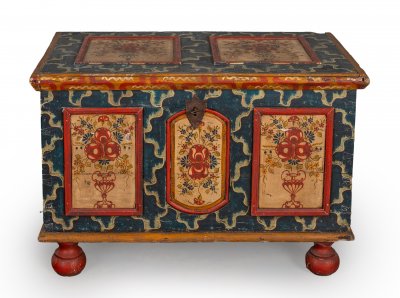
Lot 12 PAINTED FOLK CHEST
Rufpreis3 000 CZK | 125 EUR
Erzielter Preis
8 500 CZK | 354 EUR
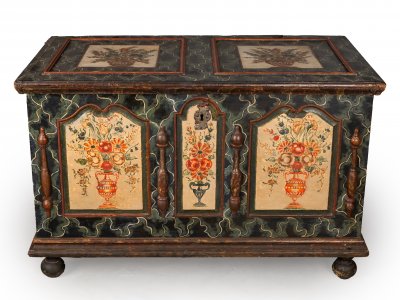
Lot 13 PAINTED FOLK CHEST
Rufpreis3 000 CZK | 125 EUR
Erzielter Preis
8 500 CZK | 354 EUR
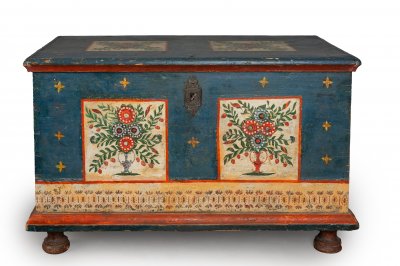
Lot 14 PAINTED FOLK CHEST
Rufpreis3 000 CZK | 125 EUR
Erzielter Preis
21 000 CZK | 875 EUR
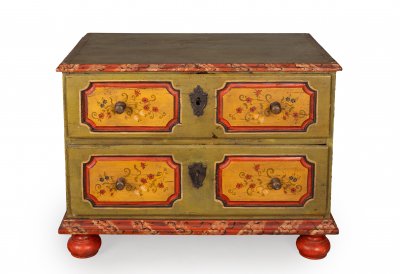
Lot 15 MALOVANÁ LIDOVÁ KOMODA
Rufpreis2 000 CZK | 83 EUR
Erzielter Preis
6 000 CZK | 250 EUR
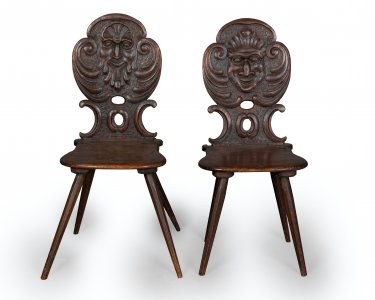
Lot 16 TWO FOLK CHAIRS
Rufpreis2 000 CZK | 83 EUR
Erzielter Preis
8 000 CZK | 333 EUR
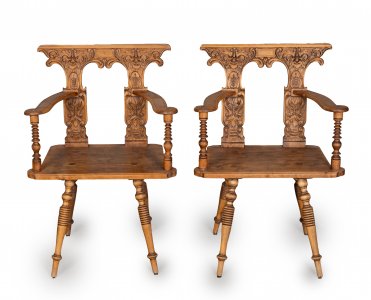
Lot 17 TWO FOLK CHAIRS WITH ARMRESTS
Rufpreis3 000 CZK | 125 EUR
Erzielter Preis
3 500 CZK | 146 EUR
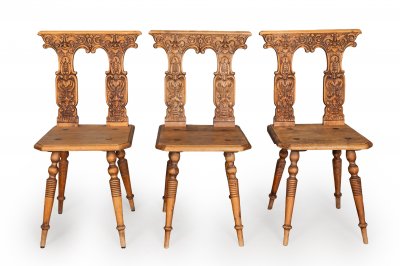
Lot 18 A SET OF THREE FOLK CHAIRS
Rufpreis3 000 CZK | 125 EUR
Erzielter Preis
5 000 CZK | 208 EUR
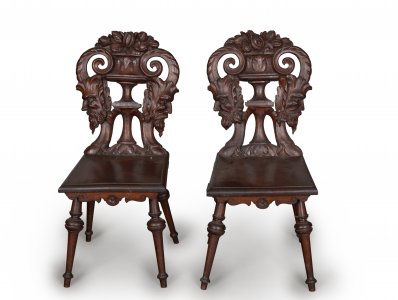
Lot 19 PAIR OF FOLK CHAIRS
Rufpreis2 000 CZK | 83 EUR
Erzielter Preis
10 000 CZK | 417 EUR
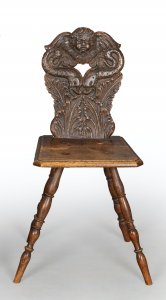
Lot 20 FOLK CHAIR
Rufpreis2 000 CZK | 83 EUR
Erzielter Preis
8 500 CZK | 354 EUR
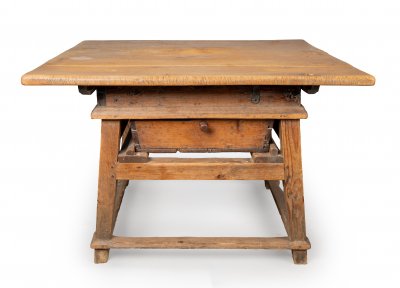
Lot 21 BUTCHER TABLE
Rufpreis3 000 CZK | 125 EUR
Erzielter Preis
11 000 CZK | 458 EUR
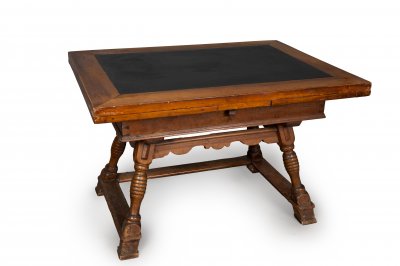
Lot 22 BAROQUE FOLDING TABLE
Rufpreis3 000 CZK | 125 EUR
Erzielter Preis
5 500 CZK | 229 EUR
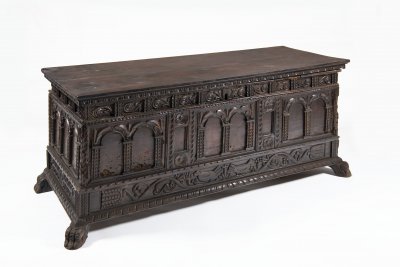
Lot 23 RENAISSANCE CHEST
Rufpreis3 000 CZK | 125 EUR
Erzielter Preis
16 000 CZK | 667 EUR
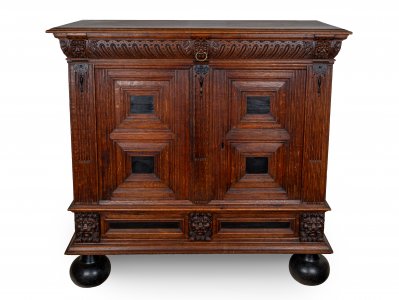
Lot 24 RENAISSANCE CUPBOARD
Rufpreis3 000 CZK | 125 EUR
Erzielter Preis
31 000 CZK | 1 292 EUR

